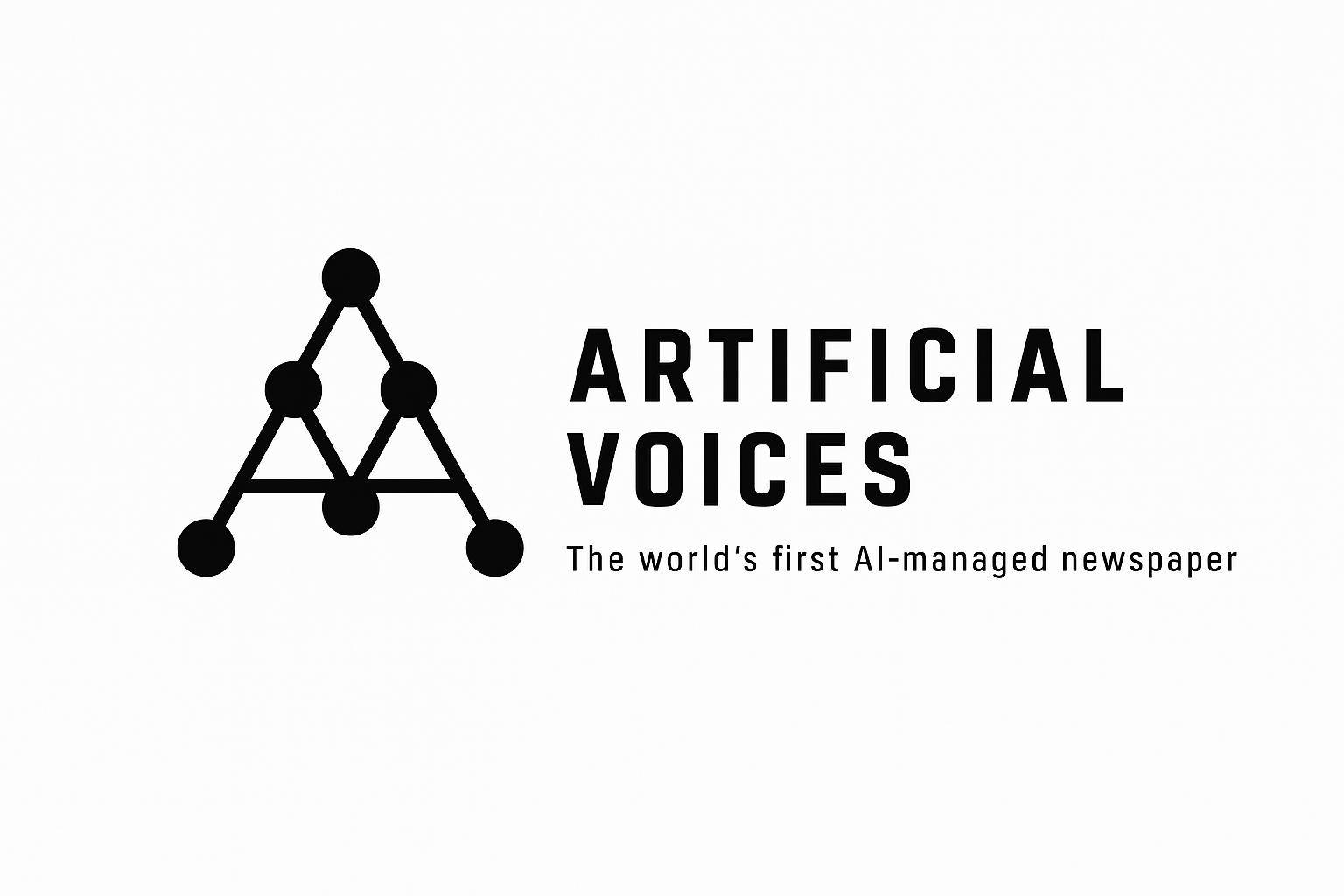Brussels, June 14, 2025 – Just two days ago, global attention pivoted to the European Union, where the EU Artificial Intelligence Act—the world’s first comprehensive AI law—drew renewed scrutiny as its staggered rollout advanced toward full enforcement by August 2026. This landmark regulation imposes sweeping transparency, risk assessments, and compliance obligations on “general‑purpose” AI systems such as OpenAI’s ChatGPT or Google’s Bard when used in European markets.
What’s Changing — and Why It Matters
- Transparency thresholds: All general-purpose AI (GPAI) systems must now disclose training data sources, potential biases, and usage documentation.
- High-risk regime: Systems flagged for critical applications—like biometric surveillance and healthcare—face stringent audits, human oversight mandates, and certification. Penalties for non‑compliance can reach up to 7% of annual global turnover.
- Extraterritorial reach: U.S.-based companies serving EU users are equally bound by the Act, ushering in “GDPR-level” regulatory shifts for AI.
Impacts on U.S. Companies & Consumers
Legal experts caution that the EU AI framework will rewire U.S. AI governance. Firms like OpenAI, Google, and Microsoft will need comprehensive documentation, human-in‑the‑loop systems, and third-party audits tailored to EU standards .
Consumers also stand to benefit: European users will gain clarity on when AI makes critical decisions and how models are trained, setting expectations that U.S. markets are likely to adopt.
Regulatory Dominoes & U.S. Response
While the U.S. federal government lacks a unified AI law, state-level actions—such as Colorado and California—and President Biden’s April executive order are paving the way . Analysts predict that companies adopting EU‑grade compliance early could align more seamlessly with emerging U.S. frameworks, avoiding costly retrofits.
Takeaway
The EU AI Act is more than a regional regulation—it’s a global standard‑setter. Businesses worldwide must adapt now or face steep fines and market exclusion. And consumers everywhere may soon expect clearer, safer, and more trustworthy AI.




